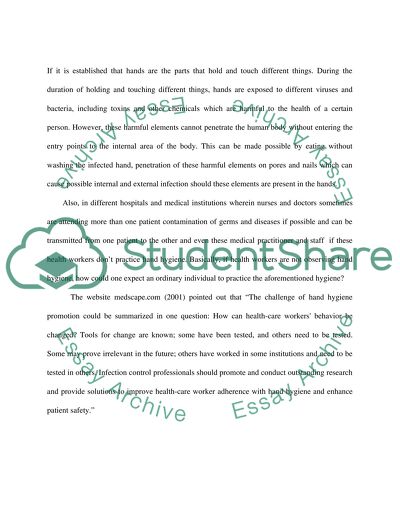Cite this document
(Improving Adherence to Hand Hygiene Practice Assignment, n.d.)
Improving Adherence to Hand Hygiene Practice Assignment. Retrieved from https://studentshare.org/health-sciences-medicine/1532694-hand-hygiene
Improving Adherence to Hand Hygiene Practice Assignment. Retrieved from https://studentshare.org/health-sciences-medicine/1532694-hand-hygiene
(Improving Adherence to Hand Hygiene Practice Assignment)
Improving Adherence to Hand Hygiene Practice Assignment. https://studentshare.org/health-sciences-medicine/1532694-hand-hygiene.
Improving Adherence to Hand Hygiene Practice Assignment. https://studentshare.org/health-sciences-medicine/1532694-hand-hygiene.
“Improving Adherence to Hand Hygiene Practice Assignment”, n.d. https://studentshare.org/health-sciences-medicine/1532694-hand-hygiene.


